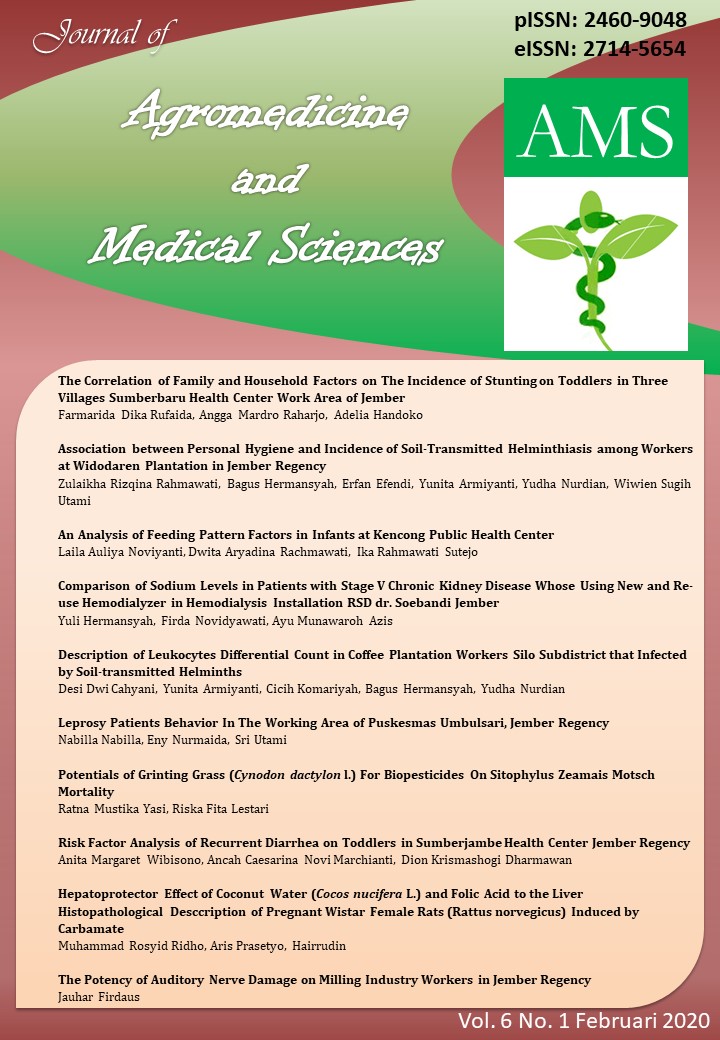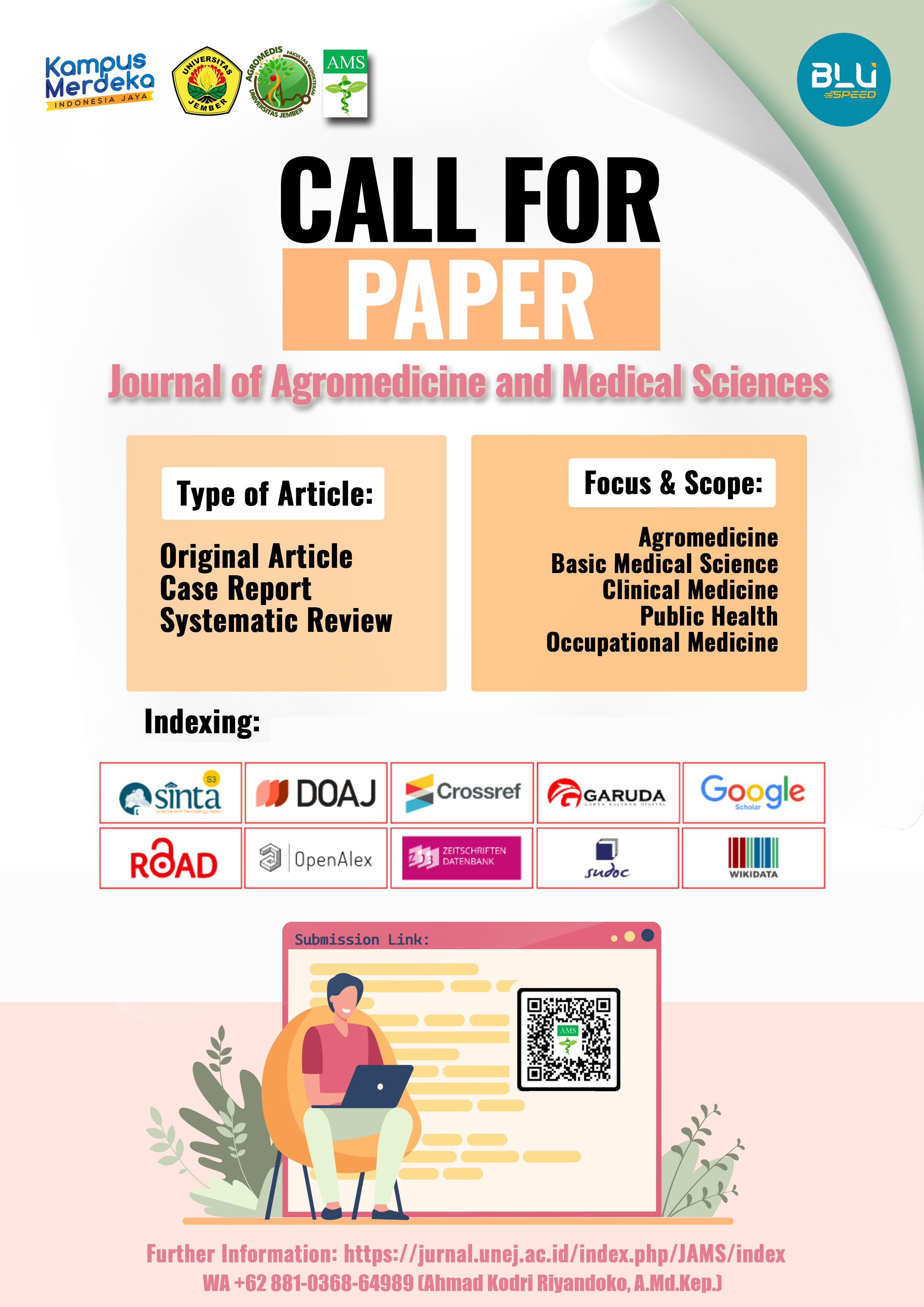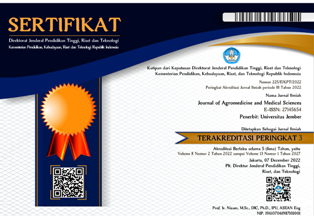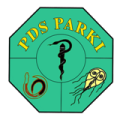An Analysis of Feeding Pattern Factors in Infants at Kencong Public Health Center
-
Abstract
The feeding pattern in toddler is an effort and a way for mothers to provide food to toddler with the aim that the toddler eating needs are sufficient, both in quantity and nutritional value. There are factors that influence the feeding pattern in toddler, namely the level of maternal knowledge about toddler nutrition, maternal education level, household income, mother's occupation, and the number of family members. The purpose of this study is to analyze the factors that influence the feeding pattern in toddler at Kencong Public Health Center. The type of research that will be conducted is analytical survey research with a cross sectional approach. The sample of this study is mothers who have children aged 12 months to 59 months in the working area of Kencong Public Health Center. The sample size in this study is 70 samples using stratified random sampling. The majority of the sex of the toddler in this study were male and aged 12-36 months. The majority of mothers in this study are aged 26-35 years, graduated from high school, did not work, have sufficient knowledge of toddler nutrition, and included to have sufficient toddler feeding patterns. The majority has small family and the household income of the respondents was mostly below the regional minimum wage. The results of this study there are factors that influence the feeding pattern in toddler in the work area of Kencong Public Health Center; there are the mother's education level (p= 0,000 dan r= 0,824), the level of maternal knowledge about toddler nutrition (p= 0,000 dan r= 0,895) and household income (p= 0,000) which means the degree of correlation in the category is very strong.
Keywords: The feeding pattern in toddler, the factors that influence the feeding pattern in toddler








_ENG1.png)
_ENG1.png)



















